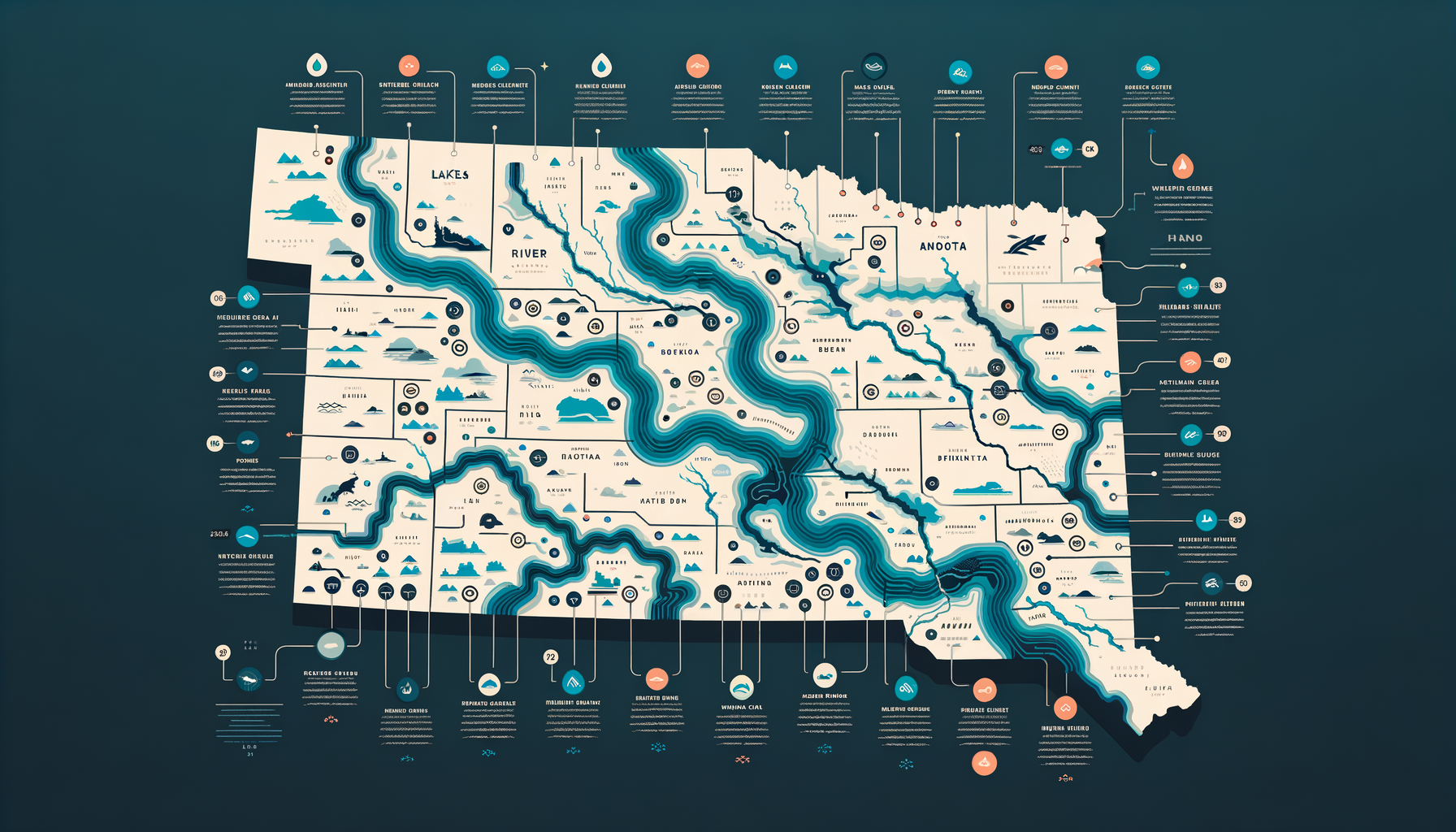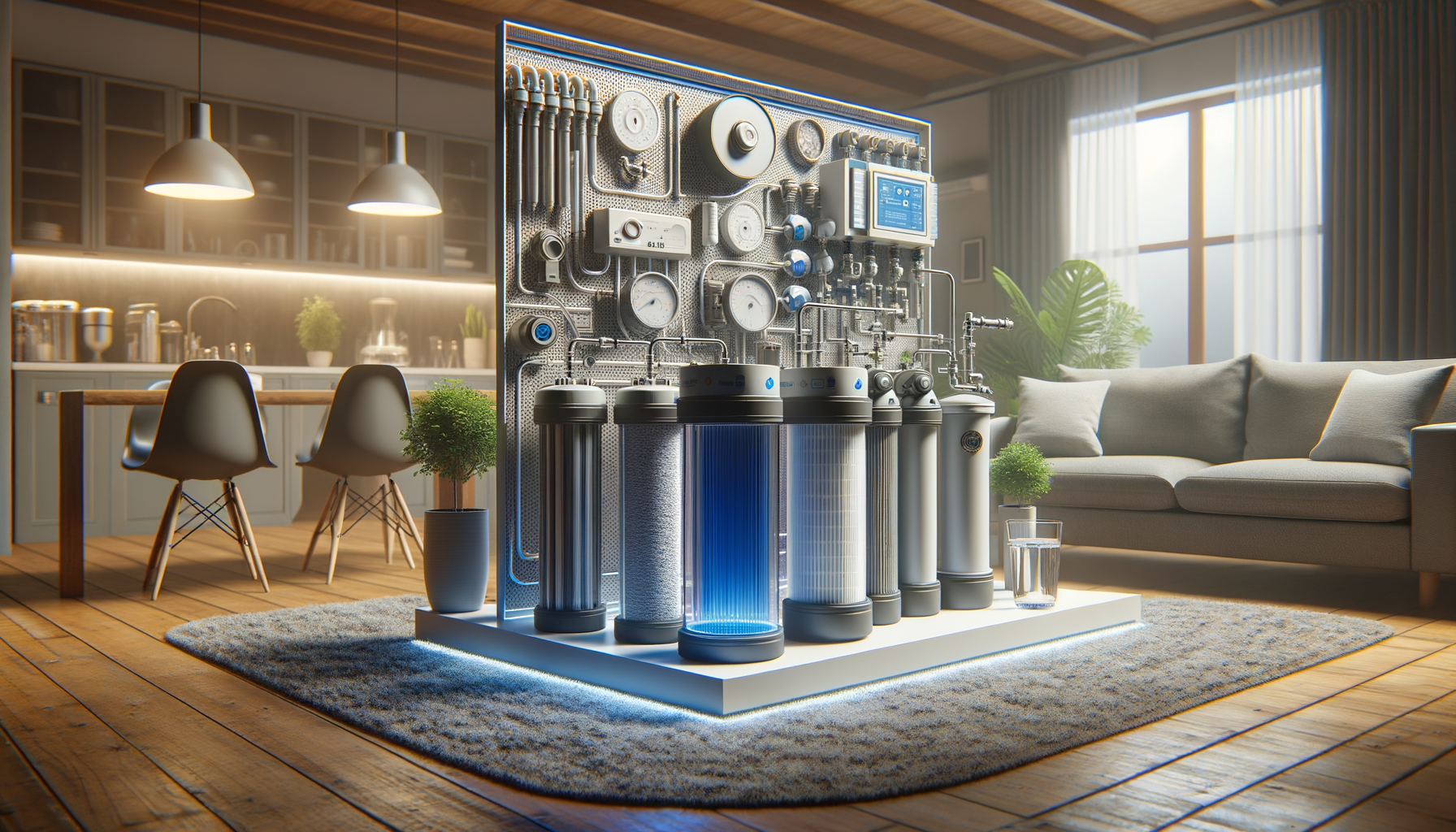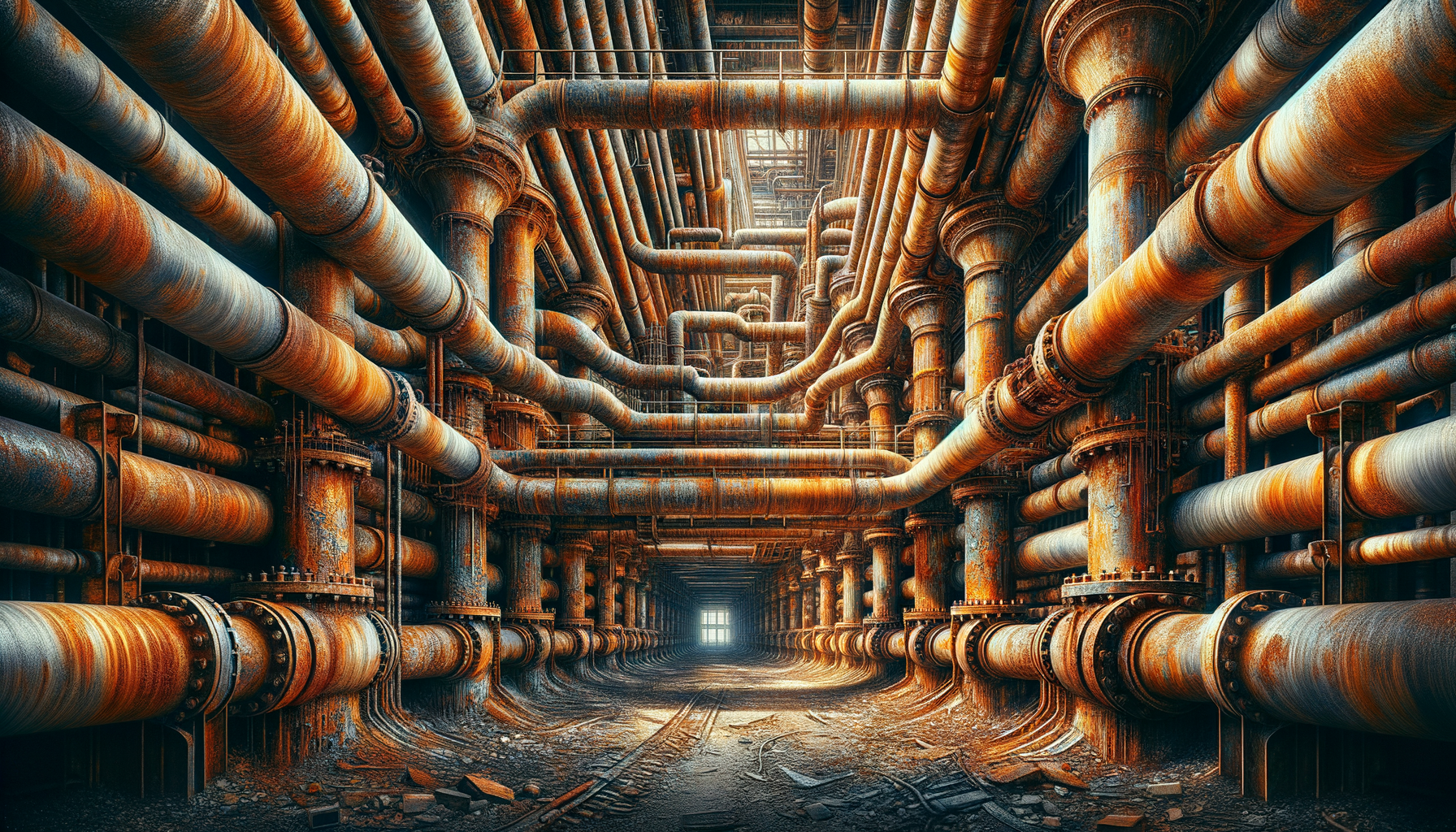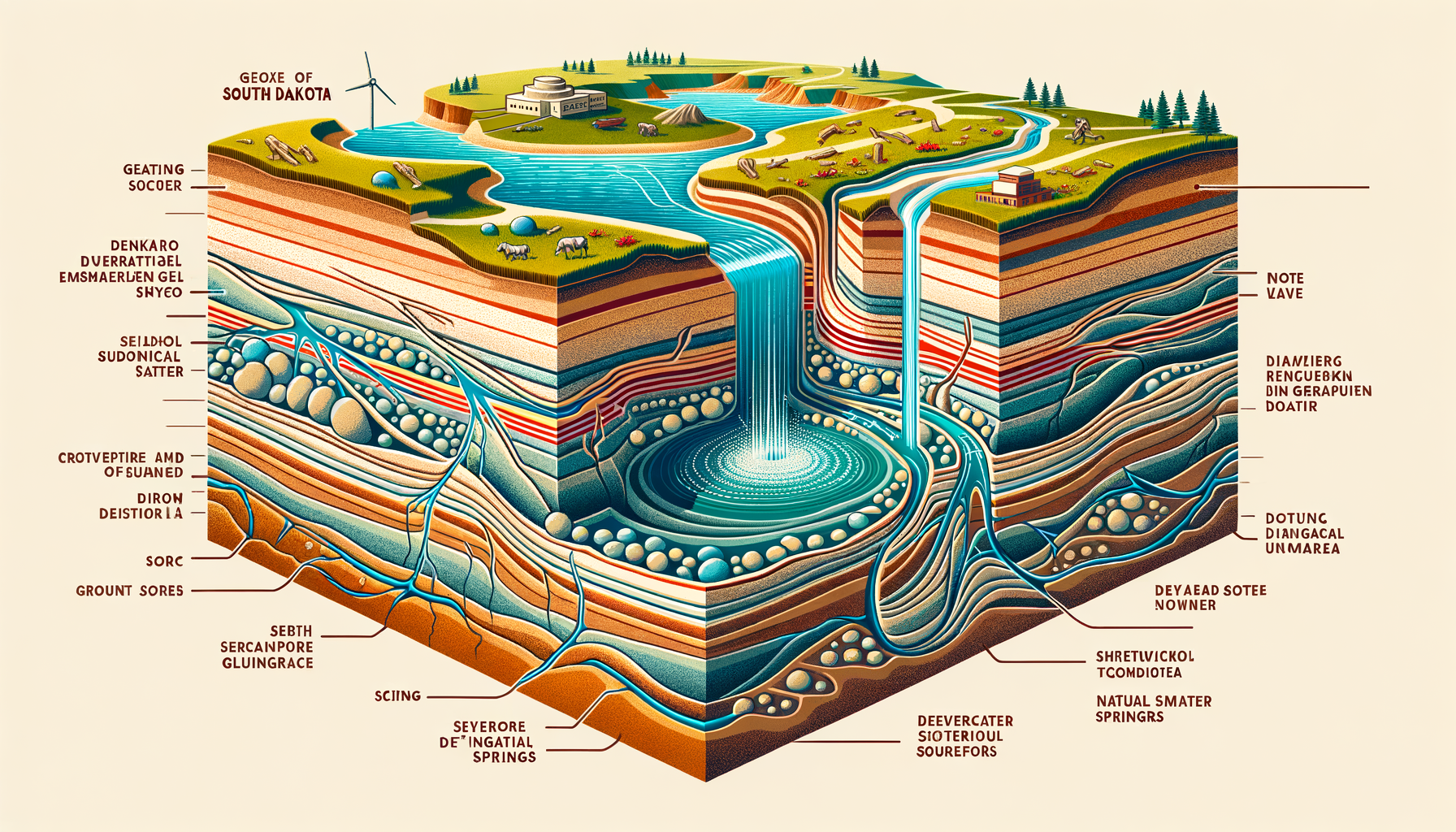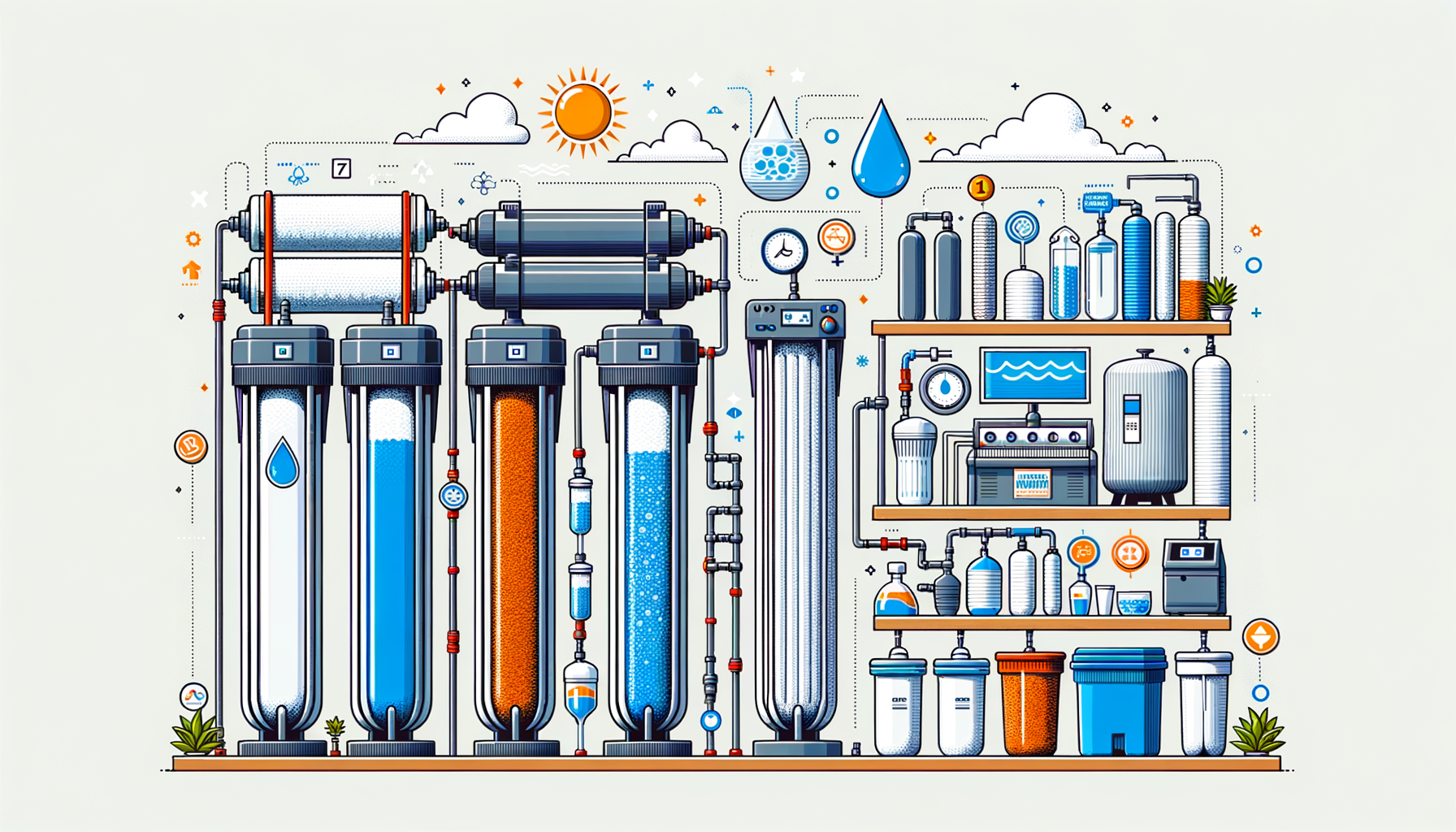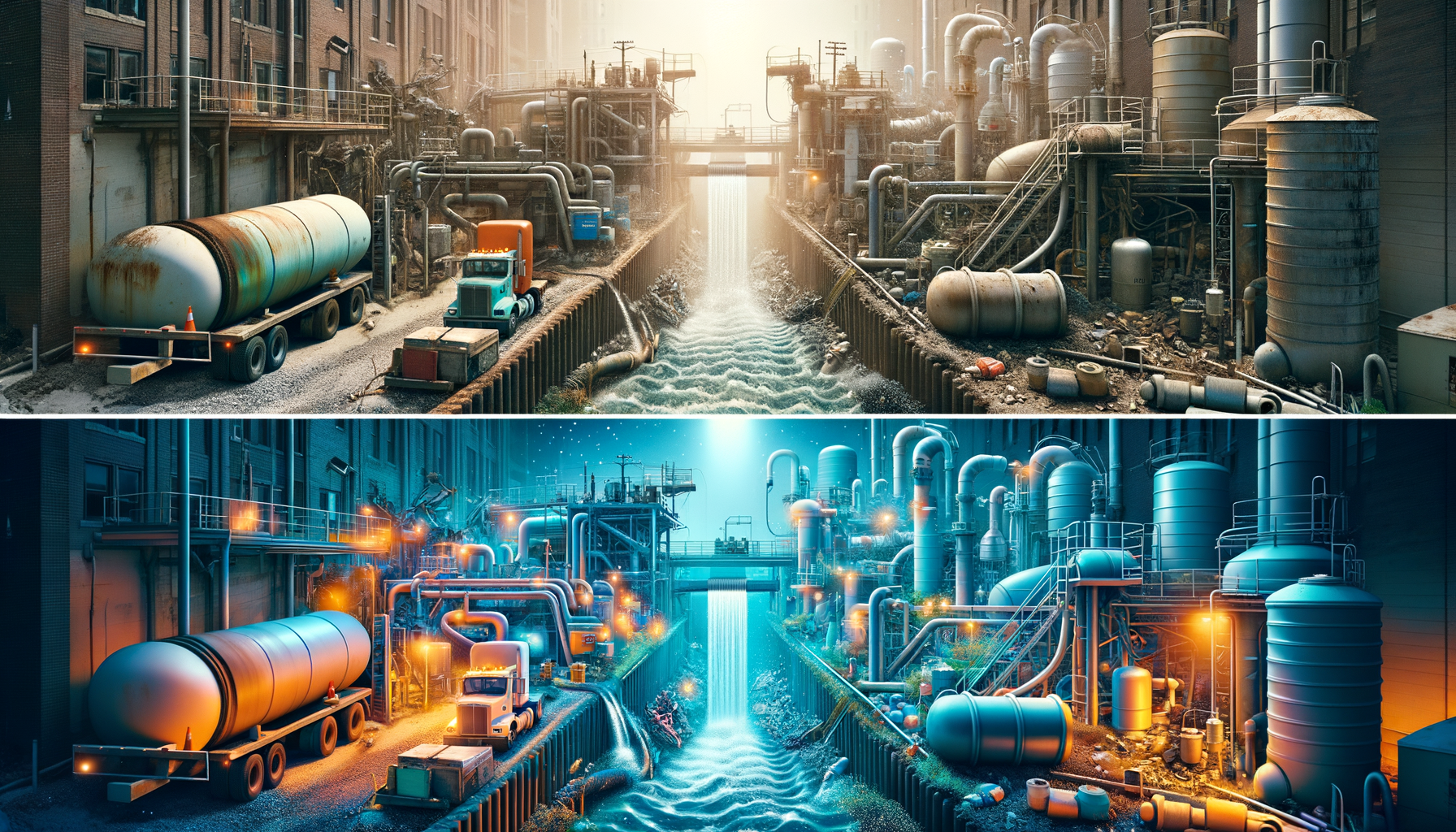Comprehensive Guide to Water Quality in South Dakota State: Contaminants, Issues, and Water Filtration Solutions
by Ryan Moreau / updated March 2nd, 2025
South Dakota, known for its rolling plains and the iconic Black Hills, relies heavily on both surface water and groundwater sources. Despite its rural charm, the state faces significant water quality challenges due to agricultural activities, natural geological formations, and industrial operations. This comprehensive guide delves into the common contaminants found in South Dakota’s water, regional water quality challenges, and effective filtration solutions. Begin by utilizing our Water Quality Tool to receive a customized analysis of your local water conditions.

Overview of South Dakota’s Water Sources
South Dakota’s water supply is derived from a combination of surface water and groundwater sources that are critical for drinking, agriculture, and industry. Key sources include:
- Missouri River: The longest river in North America runs through South Dakota, serving as a primary source of surface water for many communities.
- Groundwater Aquifers: Aquifers like the High Plains (Ogallala) Aquifer and the Dakota Aquifer provide essential groundwater resources for municipal and private wells.
- Lakes and Reservoirs: Bodies of water such as Lake Oahe and Lake Sharpe are crucial for both water supply and recreation.
- Black Hills Streams: Mountain streams in the Black Hills region contribute to local water supplies and ecosystems.
Ensuring the purity and safety of these diverse water sources requires ongoing monitoring and advanced treatment solutions tailored to regional needs.
Common Water Quality Contaminants in South Dakota
South Dakota’s water sources can contain various contaminants stemming from natural geological formations, agricultural runoff, and industrial activities. To better understand the potential risks in your area, start with our Water Quality Tool and review these common issues:
1. Arsenic
Arsenic is a naturally occurring element found in the geological formations of South Dakota. Elevated levels are often detected in groundwater, particularly in the eastern regions of the state. Long-term exposure to arsenic can lead to serious health issues, including skin disorders and increased cancer risk.
Water Filtration Options for Arsenic: Reverse Osmosis Water Filters, Distillation Systems
2. Nitrates
Agricultural activities contribute significantly to nitrate contamination in South Dakota’s groundwater. Excessive use of fertilizers and improper waste disposal from livestock operations can elevate nitrate levels. High nitrate levels are particularly dangerous for infants, leading to methemoglobinemia or “blue baby syndrome.”
Water Filtration Options for Nitrates: Reverse Osmosis Water Filters
3. Uranium and Radionuclides
The state’s geological composition includes uranium deposits, especially in the southwestern regions near the Black Hills. Uranium and other radionuclides can seep into groundwater, posing risks of kidney damage and increased cancer risk upon prolonged exposure.
Water Filtration Options for Uranium: Reverse Osmosis Water Filters, Anion Exchange Filters
4. Sulfates
Sulfates are commonly found in South Dakota’s groundwater due to sedimentary rock formations. High sulfate levels can cause a laxative effect and impact the taste of water, making it unpleasant for consumption.
Water Filtration Options for Sulfates: Reverse Osmosis Water Filters, Distillation Systems
5. Iron and Manganese
These minerals are prevalent in South Dakota’s groundwater and, while not harmful at typical concentrations, can cause staining, metallic taste, and discoloration of water.
Water Filtration Options for Iron and Manganese: Iron Filters, Oxidation Filtration Systems
6. Total Dissolved Solids (TDS)
High levels of TDS, which include minerals, salts, and metals, are common in South Dakota’s water, particularly in rural areas. Elevated TDS can lead to hardness, scaling, and affect the taste of water.
Water Filtration Options for TDS: Reverse Osmosis Systems
7. Bacteria and Microbial Contaminants
Private wells, especially those inadequately constructed or maintained, may be susceptible to bacterial contamination from surface water or septic system leakage. Consuming contaminated water can lead to gastrointestinal illnesses.
Water Filtration Options for Bacteria: UV Water Purifiers, Reverse Osmosis Systems with UV
8. Pesticides and Herbicides
Due to extensive agricultural activities, chemicals like atrazine, alachlor, and glyphosate may infiltrate water supplies through runoff and leaching. Long-term exposure to these substances can pose various health risks, including endocrine disruption and carcinogenic effects.
Water Filtration Options for Pesticides and Herbicides: Activated Carbon Filters, Reverse Osmosis Systems
9. Fluoride
Fluoride naturally occurs in some groundwater in South Dakota. While low levels are beneficial for dental health, excessive fluoride can lead to dental fluorosis and skeletal issues.
Water Filtration Options for Fluoride: Reverse Osmosis Systems, Deionization Filters
Regional Water Quality Challenges in South Dakota
South Dakota’s diverse landscape and economic activities contribute to specific regional water quality challenges. According to the Environmental Protection Agency (EPA) and the South Dakota Department of Environment and Natural Resources (DENR), key challenges include:
1. Eastern South Dakota: Agricultural Runoff
The eastern part of the state, characterized by fertile plains, is heavily utilized for agriculture. This results in significant runoff containing nitrates, phosphates, and pesticides that contaminate surface water and groundwater (EPA – Nutrient Pollution).
2. Black Hills Region: Mining and Natural Radionuclides
The Black Hills area has a history of mining activities, including gold and uranium mining, leading to elevated levels of heavy metals and radionuclides in local water sources (EPA – Radiation Protection).
3. Rural Communities: Private Well Contamination
Many rural residents rely on private wells, which may not be regularly tested or properly constructed, increasing the risk of contamination from nitrates, bacteria, and other pollutants.
General Water Characteristics in South Dakota
Understanding the general characteristics of South Dakota’s water is crucial for selecting appropriate treatment methods. These characteristics include:
1. Water Hardness
Water hardness is a common issue throughout South Dakota, with many areas experiencing moderately hard to very hard water due to high concentrations of calcium and magnesium. Hard water can cause scale buildup in pipes and reduce the efficiency of water heaters and appliances.
For households dealing with hard water, installing a water softener is recommended. If you’re unsure about the need for a water softener or which type is suitable for your family’s requirements, use our Water Softener Calculator for personalized recommendations.
2. High Total Dissolved Solids (TDS)
Many regions in South Dakota report elevated levels of TDS in their water supplies, primarily due to the natural dissolution of minerals from sedimentary rocks. High TDS can affect water taste and lead to the accumulation of scale in plumbing systems.
- Taste and Aesthetics: Water with high TDS may have a bitter or salty taste.
- Appliance Efficiency: Scale buildup can reduce the lifespan and efficiency of appliances like dishwashers and water heaters.
Utilizing a reverse osmosis system can significantly reduce TDS, improving both the taste and quality of your water.
3. Sulfur Odor
Some groundwater sources in South Dakota contain hydrogen sulfide gas, which imparts a rotten egg smell to the water. While typically not harmful, the odor can be unpleasant and affect the taste of water.
- Aesthetic Concerns: Unpleasant odor and taste can deter water consumption.
- Plumbing Issues: Hydrogen sulfide can corrode metal pipes over time.
Installing an aeration system or an activated carbon filter can effectively remove hydrogen sulfide from your water supply.
Utilizing the Water Quality Tool for South Dakota Residents
Understanding your specific water quality issues is the first step toward ensuring safe and clean water for your household. Our Water Quality Tool allows South Dakota residents to:
- Input their zip code for a detailed overview of local water quality reports
- Identify common contaminants in their area
- Receive tailored recommendations for water filtration solutions based on identified contaminants
Recommended Filtration Solutions for Common South Dakota Contaminants
Considering the prevalent contaminants in South Dakota’s water supplies, the following filtration systems are recommended:
1. Reverse Osmosis Systems
Reverse Osmosis Systems are highly effective in removing a wide range of contaminants such as arsenic, nitrates, uranium, sulfates, and TDS. They are suitable for both point-of-use and whole-house applications.
2. Water Softeners
Water Softeners are essential for reducing hardness caused by calcium and magnesium, preventing scale buildup, and extending the lifespan of appliances.
3. Iron and Manganese Filters
Iron Filters and Oxidation Filtration Systems effectively remove iron and manganese, eliminating staining and improving water clarity.
4. UV Water Purifiers
UV Water Purifiers are ideal for eliminating bacteria and viruses, making them essential for private wells susceptible to microbial contamination.
Local Water Testing Services in South Dakota
Comprehensive water testing is crucial for identifying specific contaminants in your water supply. We recommend using SimpleLab for detailed water analysis. Their easy-to-use testing kits and in-depth lab reports provide you with the necessary information to select the most effective water treatment solutions.
Case Studies: Addressing Water Quality Issues in South Dakota
Examining real-life examples offers valuable insights into how South Dakotans are tackling water quality challenges:
1. Mitchell Area: Combating Arsenic Contamination
Residents in the Mitchell area faced elevated arsenic levels in their groundwater. By installing point-of-use reverse osmosis systems, homeowners effectively reduced arsenic concentrations, ensuring safe drinking water for their families.
2. Rural Eastern South Dakota: Reducing Nitrate Levels
A farming community detected high nitrate levels in their private wells due to agricultural runoff. Community efforts, including the adoption of buffer zones and proper fertilizer management, alongside the installation of reverse osmosis systems, significantly decreased nitrate concentrations (EPA – Nonpoint Source Pollution).
3. Black Hills Region: Addressing Uranium in Water Supplies
In the Black Hills area, concerns over uranium contamination led to the implementation of anion exchange filtration systems in municipal water treatment plants. These efforts successfully reduced uranium levels, safeguarding public health.
Call to Action
South Dakota’s diverse water sources—from the mighty Missouri River to the hidden aquifers beneath the plains—require diligent water quality management. Understanding the unique challenges posed by your local environment is essential to ensure the safety and purity of your household water.
Take the first step by entering your zip code into our Water Quality Tool for a detailed analysis of your water supply. Then, explore our filter review articles to find the most suitable water treatment solutions for your needs. Finally, confirm your water’s safety with comprehensive water testing services, ensuring you provide clean and safe water for your home.

